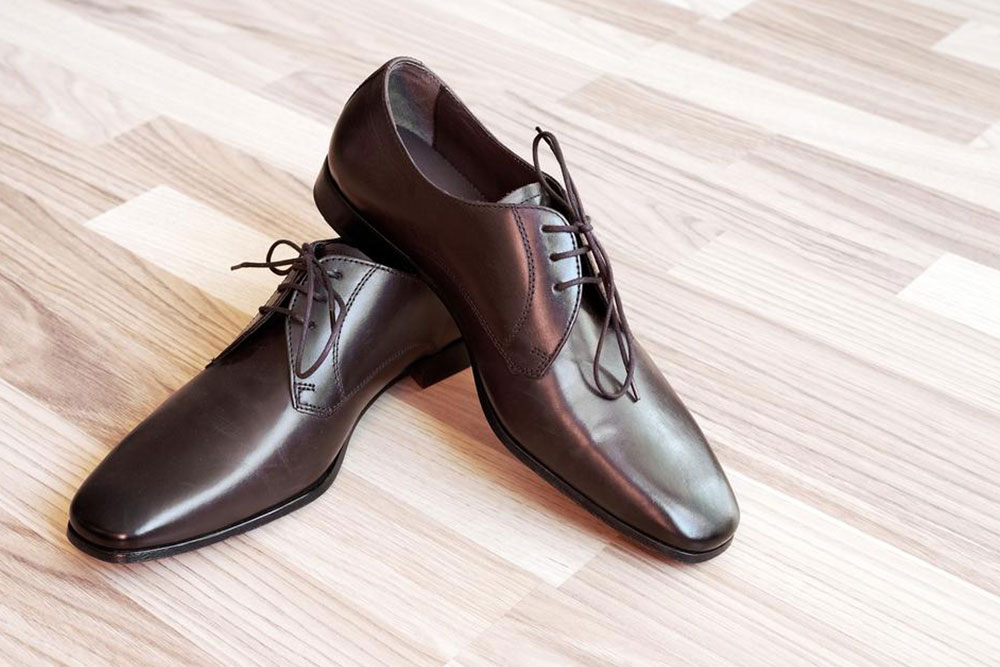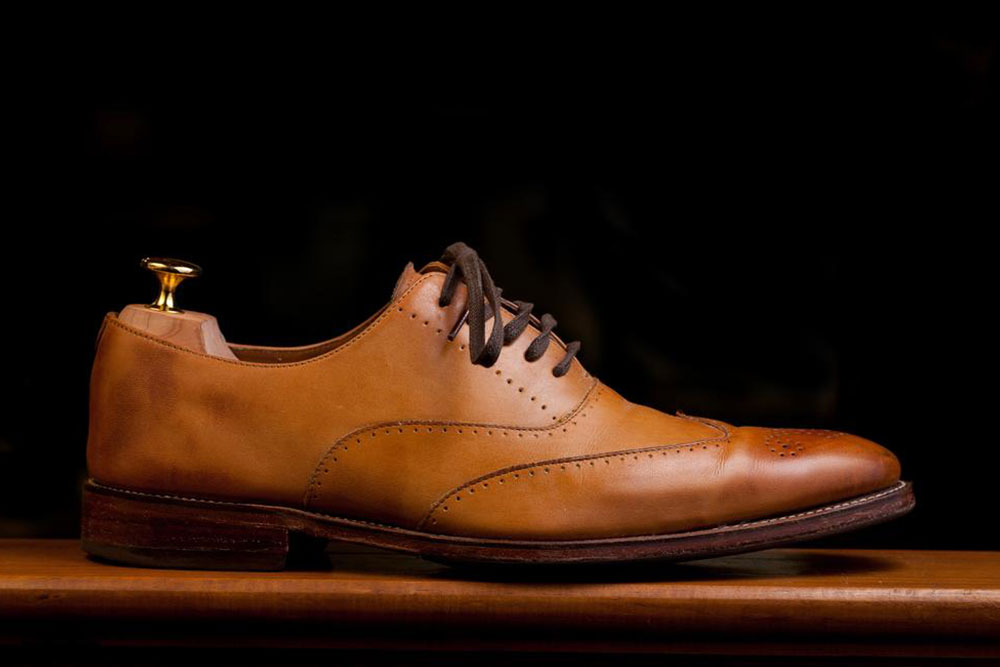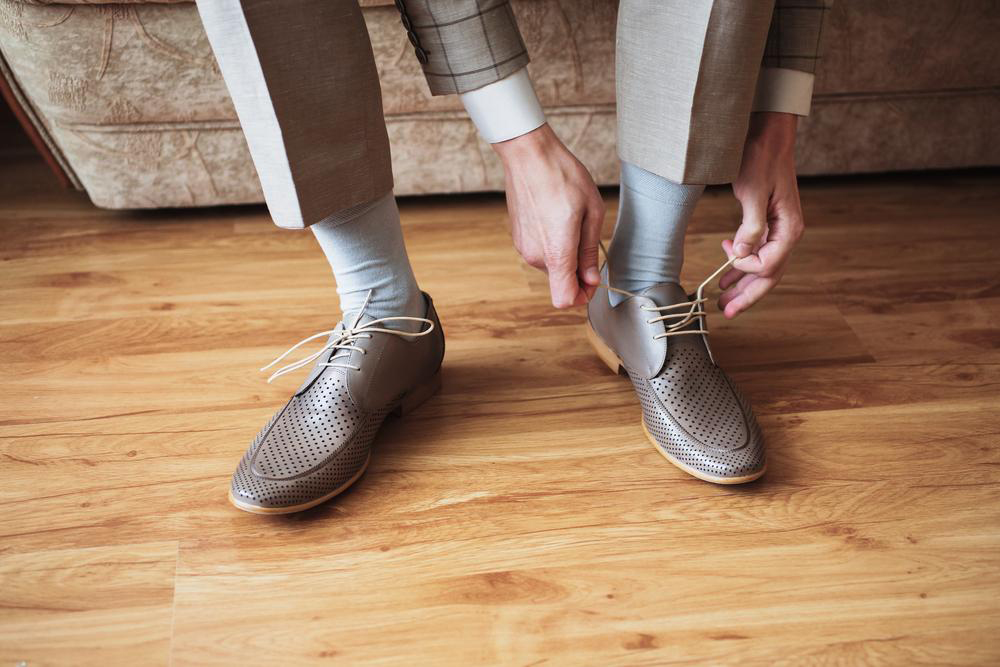How to Extend the Life of Your Men's Formal Footwear
Learn effective strategies to extend the lifespan of men's formal shoes through material selection, proper construction, and maintenance. Investing in quality footwear and caring for it appropriately ensures long-lasting durability and comfort, preventing common issues linked to poorly supported shoes. This guide covers leather types, construction methods, and essential care tips for professional and everyday wear.

Extend the Lifespan of Your Dress Shoes
A dependable pair of dress shoes is essential for every man, regardless of age or profession. Selecting shoes made from durable materials and quality craftsmanship is key to lasting wear. While high price tags don't always guarantee quality, investing in well-made shoes pays off over time. Many men neglect proper maintenance, leading to frequent replacement. However, with proper care, premium shoes can last for years. Comfortable, durable footwear also helps prevent issues like back, knee, and foot pain caused by inadequate support.
Selecting the Ideal Formal Shoes: Keep these considerations in mind before purchasing men's dress footwear.
Leather qualities that age well: Leather is the main material for dress shoes. Two main types are noteworthy.
Full Grain Leather: This leather retains the natural surface with minimal processing, aging beautifully and developing a unique patina if well maintained. For better longevity, choose shoes crafted from full grain leather if your budget allows.
Corrected Leather: Undergoes surface sanding to hide imperfections and may have an artificial finish. While initially shiny and attractive, such leather often wears and peels over time.
Leather Type Comparison: Full grain leather offers richer colors and natural textures, whereas corrected leather appears more uniform and artificially shiny. Always check labels—reliable brands specify the leather used.
Construction Techniques: The way shoes are assembled determines their durability. Common methods include:
Welted: Highly regarded for quality shoes, this technique involves stitching the sole to upper parts, enhancing durability and breathability. It tends to be more labor-intensive and costly.
Cemented: More affordable, these shoes are glued together rather than stitched, typically lasting 1-2 years with regular use.
Note:
While these tips provide valuable insights, they are based on research and general knowledge. For best results, consider professional advice for personal shoe care. The website is not responsible for discrepancies and some offers may vary.


